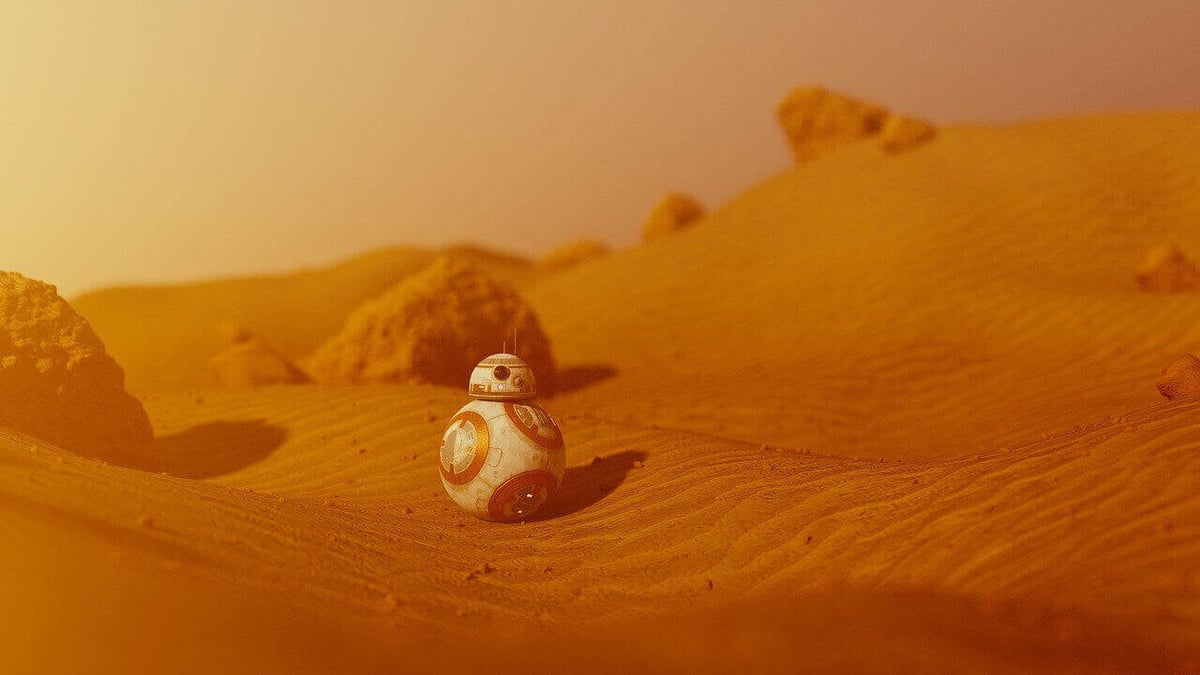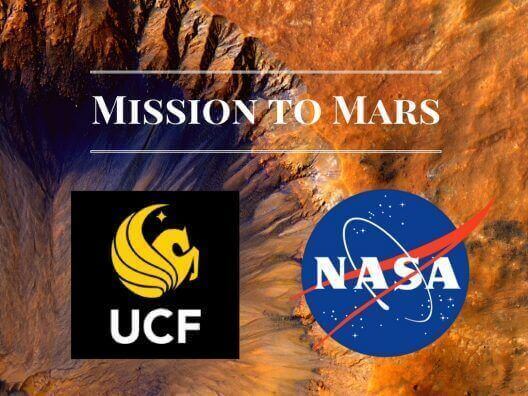University of Central Florida and NASA are researching methods for astronauts to 3D print habitats and tools on the Red Planet using Martian soil.
Ever wondered where humans will live when (not if) we make it to Mars? A professor at the University of Central Florida is collaborating with NASA on this very challenge.
UCF and NASA are exploring how to extract metals from Martian soil. If they succeed, then these metals could be used by a 3D printer to produce the essential items a human would need on mars. These include tools, electronics, ship parts and even human habitats.
Pegasus Professor Sudipta Seal is interim chair of UCF’s Materials Science and Engineering program and director of the university’s Advanced Materials Processing & Analysis Center and NanoScience Technology Center. He said:
“It’s essentially using additive-manufacturing techniques to make constructible blocks. UCF is collaborating with NASA to understand the science behind it.”
The process being researched by NASA and Seal is called molten regolith electrolysis. This technique is similar to how metal ores are refined on Earth.
In theory, astronauts will be able to feed Martian soil into a chamber which is then heated to 3,000 degrees Fahrenheit. The electrolysis process would then produce oxygen and molten metals — both required for human space exploration.

3D Print Your Own Martian Soil Habitat
Seal will help to determine the form that the metals should be in, so that it’s most suitable for a commercial 3D printer. Meanwhile, NASA has funded a project for intern Kevin Grossman, a graduate student from Seal’s group.
Already, NASA has high hopes of sending humans to Mars by the 2030s. They are also working on plans for life-support systems and other technology for astronauts once they arrive.
Seal points out that in order to survive on the Red Planet, humans must be able to use resources on Mars. Transporting anything from Earth would be far too difficult and expensive. Seal explains: “Before you go to Mars, you have to plan it out. I think this is extremely exciting.”
Seal isn’t the only UCF faculty member working on “in situ resource utilization” (aka how to build things in space). Phil Metzger of UCF’s Florida Space Institute is also working with commercial space mining company Deep Space Industries. He’s also reseaching how to make Martian soil useful for 3D printing.
Source: University of Central Florida

License: The text of "UCF and NASA to 3D Print Human Habitats with Martian Soil" by All3DP is licensed under a Creative Commons Attribution 4.0 International License.